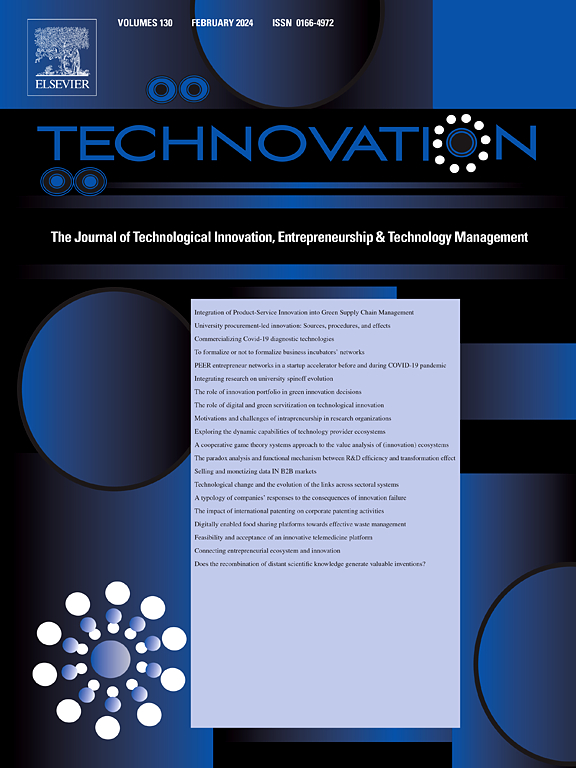Transforming B2B platforms through interconnected digital twins: Enhancing situation awareness for decision-making
IF 10.9
1区 管理学
Q1 ENGINEERING, INDUSTRIAL
引用次数: 0
Abstract
Business-to-business (B2B) platforms hold transformative potential for manufacturing by enabling firms to collaborate, share data, and coordinate decisions across interconnected cyber-physical networks. However, many firms struggle to fully leverage these platforms due to bounded rationality, as decision-makers face difficulties in processing fragmented, heterogeneous, and real-time data streams. Interconnected Digital Twins (IDTs) offer a promising technological response to this challenge. By integrating data from multiple sources and simulating dynamic manufacturing processes across organizational boundaries, IDTs create shared, real-time representations of operations that support decision-making in complex B2B ecosystems. Grounded in Endsley's Situation Awareness Theory, this study examines how IDTs support perception, comprehension, and projection in cross-organizational decision-making. We conducted an exploratory qualitative case study of a leading automotive manufacturer, drawing on ethnographic access to its IDT implementation. Our findings show that IDTs enhance situation awareness and support cross-organizational decision-making by consolidating fragmented data and reducing cognitive overload through simulation. The study contributes to B2B platform ecosystem research by identifying IDTs as a technological enabler of digital transformation and demonstrating their role in enhancing situation awareness in industrial ecosystems.
通过互联数字双胞胎改造B2B平台:增强决策态势感知
企业对企业(B2B)平台通过使企业能够跨互联的网络物理网络协作、共享数据和协调决策,为制造业带来变革潜力。然而,由于有限理性,许多公司难以充分利用这些平台,因为决策者在处理碎片化、异构化和实时数据流方面面临困难。互联数字孪生(idt)为应对这一挑战提供了一种有前景的技术对策。通过集成来自多个来源的数据并模拟跨组织边界的动态制造过程,idt创建了共享的实时操作表示,支持复杂B2B生态系统中的决策。本研究以Endsley的情境意识理论为基础,探讨了情境意识如何支持跨组织决策中的感知、理解和投射。我们对一家领先的汽车制造商进行了探索性定性案例研究,利用其IDT实施的人种学途径。我们的研究结果表明,IDTs通过整合碎片数据和通过模拟减少认知过载来增强态势感知和支持跨组织决策。该研究通过将idt确定为数字化转型的技术推动者,并展示其在增强工业生态系统态势感知方面的作用,为B2B平台生态系统研究做出了贡献。
本文章由计算机程序翻译,如有差异,请以英文原文为准。
求助全文
约1分钟内获得全文
求助全文
来源期刊

Technovation
管理科学-工程:工业
CiteScore
15.10
自引率
11.20%
发文量
208
审稿时长
91 days
期刊介绍:
The interdisciplinary journal Technovation covers various aspects of technological innovation, exploring processes, products, and social impacts. It examines innovation in both process and product realms, including social innovations like regulatory frameworks and non-economic benefits. Topics range from emerging trends and capital for development to managing technology-intensive ventures and innovation in organizations of different sizes. It also discusses organizational structures, investment strategies for science and technology enterprises, and the roles of technological innovators. Additionally, it addresses technology transfer between developing countries and innovation across enterprise, political, and economic systems.
 求助内容:
求助内容: 应助结果提醒方式:
应助结果提醒方式:


